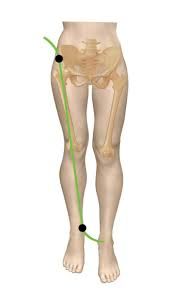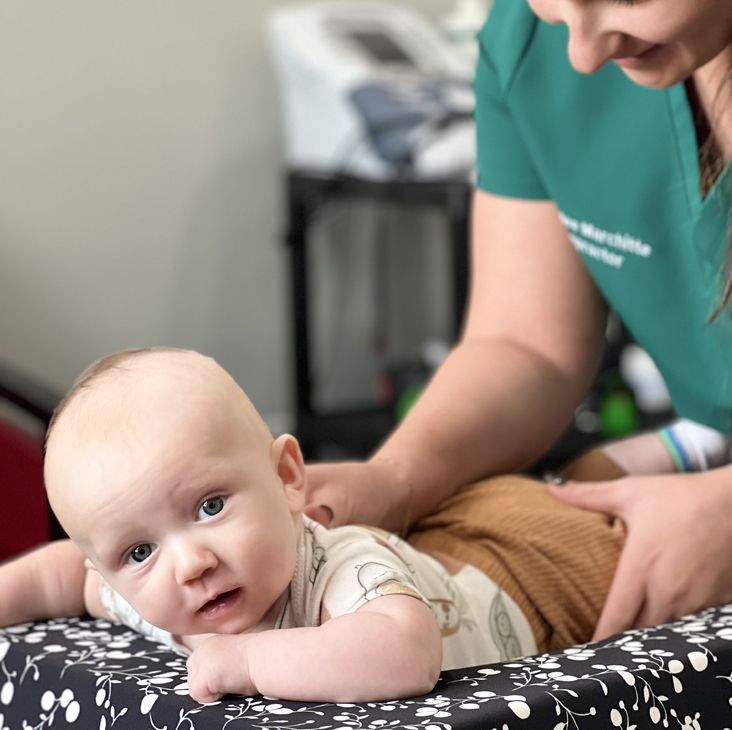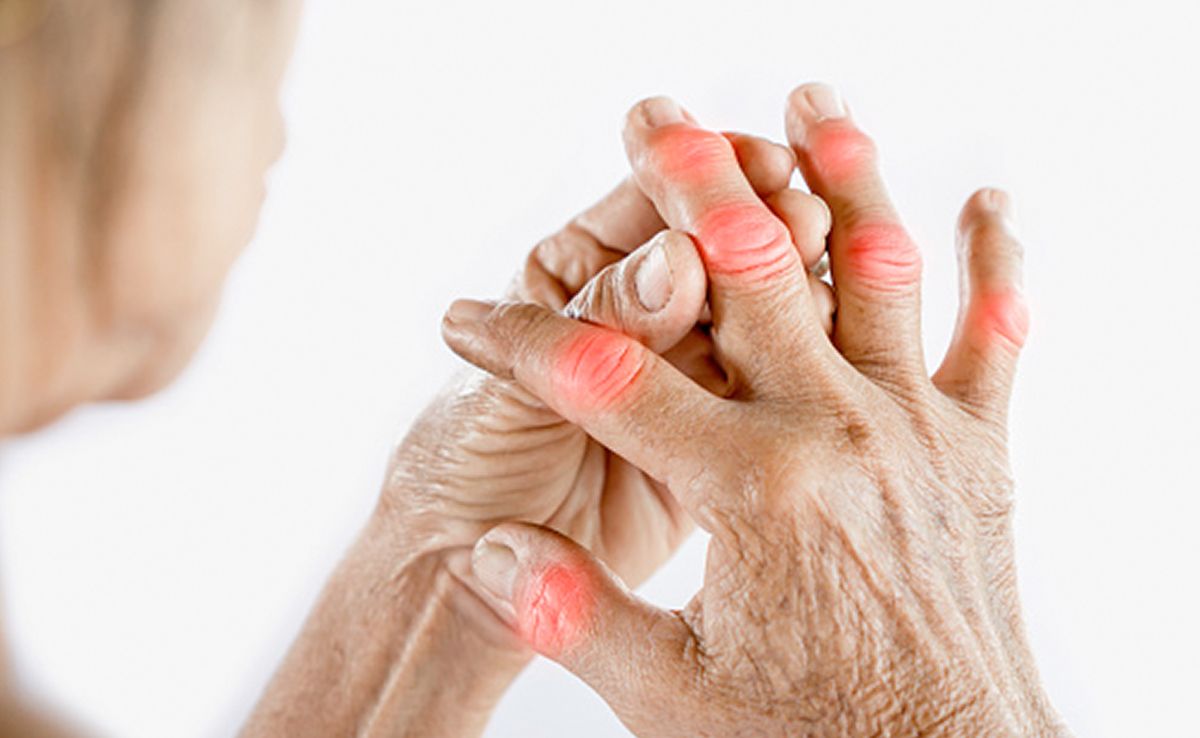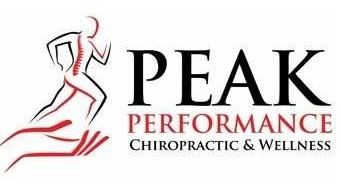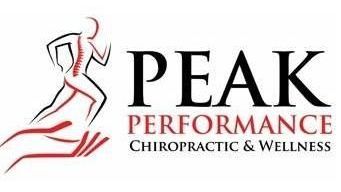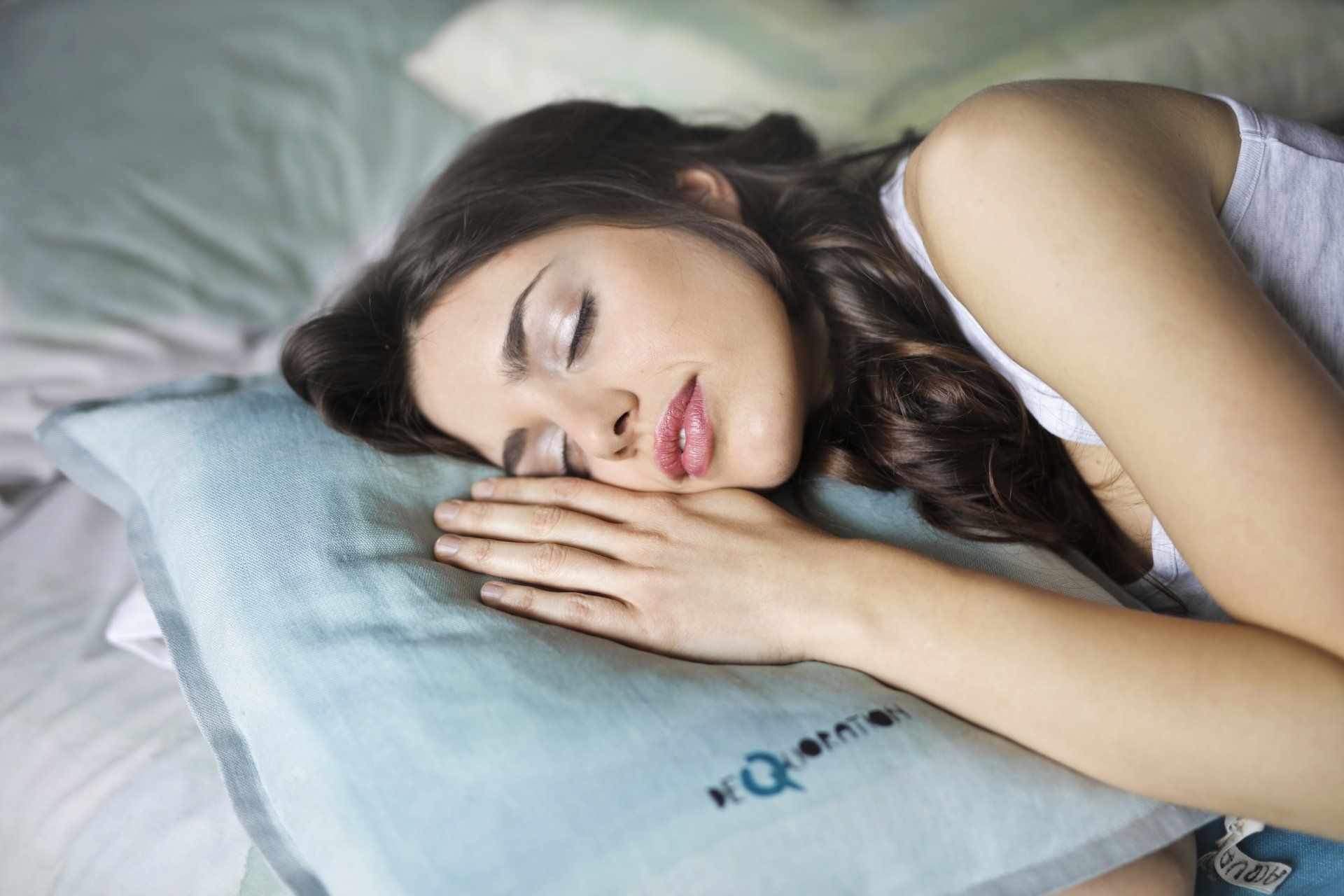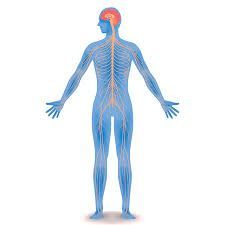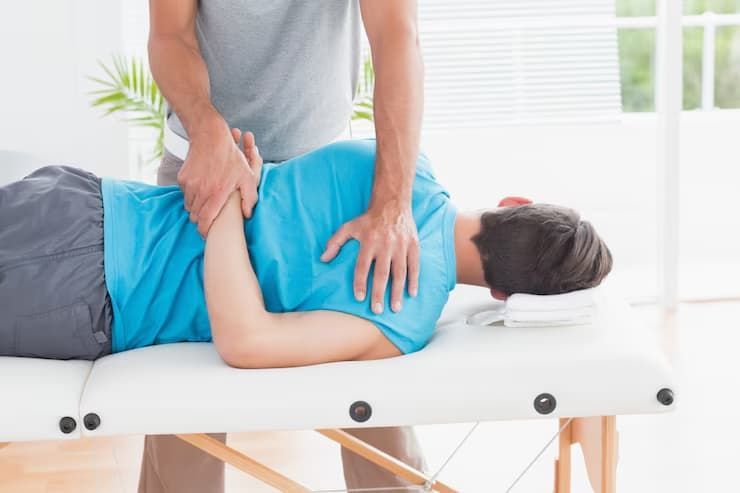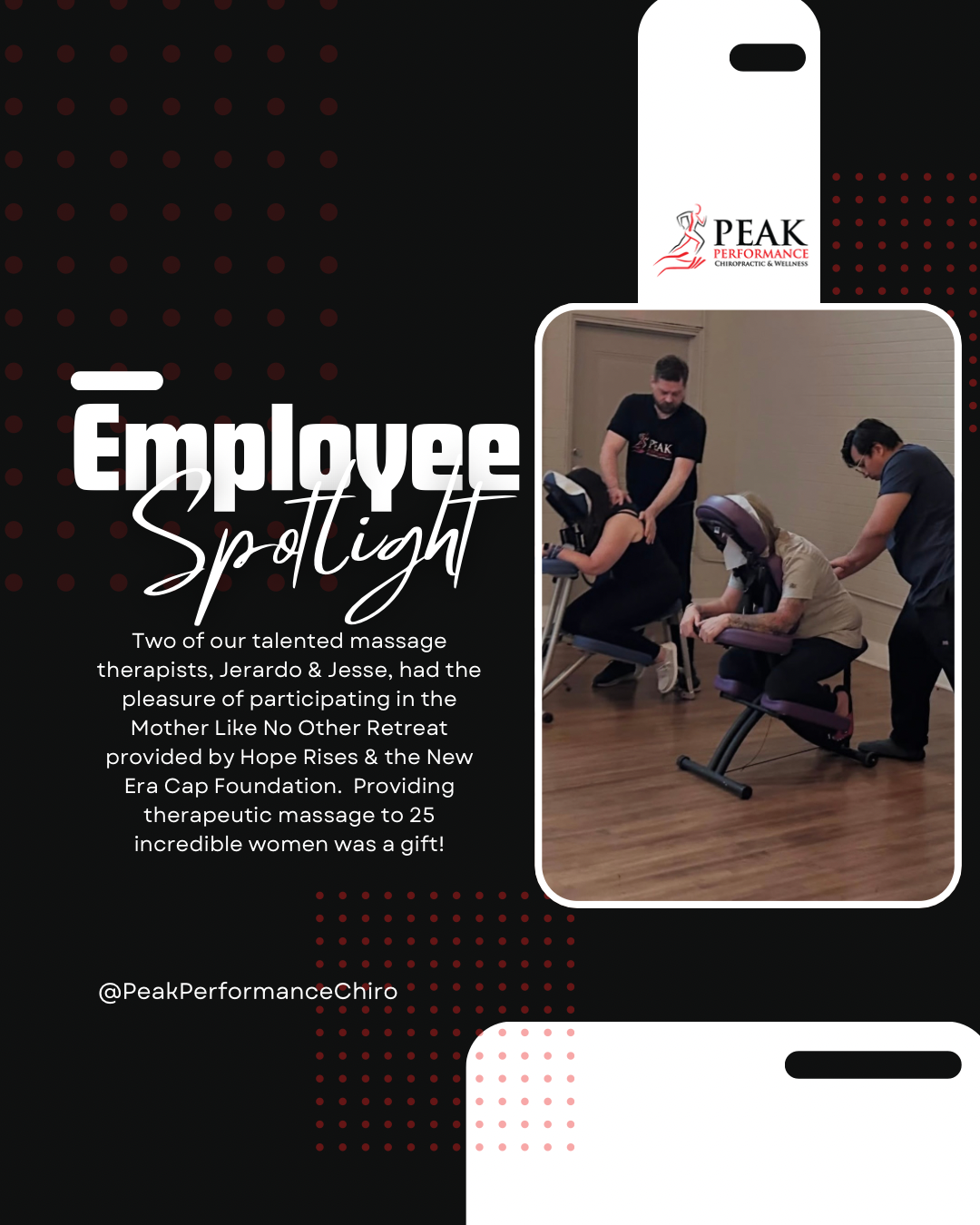December 2015 – What you need to know about sleeping positions
What you need to know about the four main sleep positions
Most people sleep on their back, side, stomach or in the fetal position, so let’s look at the good and the bad of each position.
1 – Back
The good: Sleeping on your back may be one of the most beneficial sleep positions, as it keeps your head, neck, and spine aligned, It also minimizes acid reflux symptoms, allows for proper blood flow to your extremities, and may prevent facial wrinkles.
The bad: The main drawback is a greater chance you will snore, which can lead to more serious health issues, if you have sleep apnea. It may cause calf cramping due to your toes being in a constant flexed position under the heavy weight of sheets and blankets.
Tip: For optimal structural health benefits when sleeping on your back, consider setting your pillow aside or using a cervical roll (a small cylindrical pillow) that provides support for your neck without elevating your head. When sleeping on your back, your face should be parallel to the ceiling, not tilted up or down. This will prevent you from adding extra stress to your spinal column.
2 – Side
The good: Sleeping on your side may help prevent spine-related pain and minimize the symptoms of acid reflux. When you have a good mattress for your body shape, side sleeping helps keep your spine in a relatively neutral position, which may help reduce or prevent back and neck pain or discomfort. Sleeping on your side may also help reduce or prevent snoring.
**Doctors encourage sleeping on the LEFT side during pregnancy because it improves circulation to the heart, which benefits both mom and baby. Side sleeping is also a pregnancy winner because sleeping on the back puts pressure on the lower back (which can lead to fainting) and stomach-sleeping is impossible for obvious reasons
The bad: Nerve compression and muscle tightness in your shoulders and neck are two possible musculoskeletal problems associated with side sleeping. Think about it, when you sleep on your side you round your shoulder inwards and then add your body weight. This may cause muscle tightness and possible nerve entrapment of several nerves that run along the neck and shoulder region.
Tip: Use a pillow that holds your neck in a neutral, aligned position. The pillow should be the thickness of your shoulder and should hold your head in such as way that it is neither elevated or depressed compared to your spine (completely level). Also consider placing a second pillow between your knees in order to keep your hips open (similar to their normal position while standing). A knee pillow can help reduce low back pain as well as the strain on your sacroiliac ligaments in your hips and is particularly beneficial for pregnant women.
3 – Fetal
The good: While the fetal position may help reduce snoring and is acceptable for pregnant women, it is generally not advised for most people.
The bad: Keeping your body and spine tightly curled in the fetal position can lead to muscle and ligament adaptations that contribute to neck, back and hip pain. Also, most people spend the majority of the day in a forward flexed posture which causes muscle imbalances. Now adding several more hours (sleep hours) in the same flexed and compressed position just adds to the problem.
Tip: Avoid the fetal position as much as possible.
4 – Stomach
The good: Significantly reduced snoring may be the only benefit of sleeping on your stomach
The bad: Most experts agree that stomach sleeping is best avoided because it alters the natural curve of your lumbar spine, especially if your bed dips in (hammock style) and contours your body. Sleeping in this position may also negatively affect your neck by stressing joints and muscles, and contributing to numbness, tingling, and pain in your extremities.
Tip: If you prefer sleeping on your stomach, try to shift positions several times in the night and gradually reduce the amount of time you spend on your stomach (ideally until you avoid the position altogether just like the fetal position).
What you need to know about pillows:
Did you know your pillow choice can have profound effects on your sleep comfort and quality.
A common mistake people make is using more than one pillow for any of the 4 sleep positions. One good pillow is all you need!
If you prefer side sleeping, find a pillow that is thick enough to fill the entire gap between your neck and your mattress, as this will keep your head and neck in a neutral position and reduce the strain on your neck ligaments, muscles, and other connective tissues.
When sleeping on your back, consider avoiding pillows altogether or just using a thin, soft pillow to support your head.
THE BEST OPTION is a pillow called ChiroFlow. It is a water-based pillow that allows you to add or subtract as much water as you need to fit the sleep position you desire. It is clinically proven by Logan Chiropractic College and Johns Hopkins University to improve the quality of your sleep and reduce tension put on the cervical spine. This pillow can be purchased at the Peak Performance office and is part of our patient loyalty program.
If you have a particular question that wasn’t directly answered or you are ready to schedule an appointment, don’t hesitate to call the office at (716) 335-9711.


